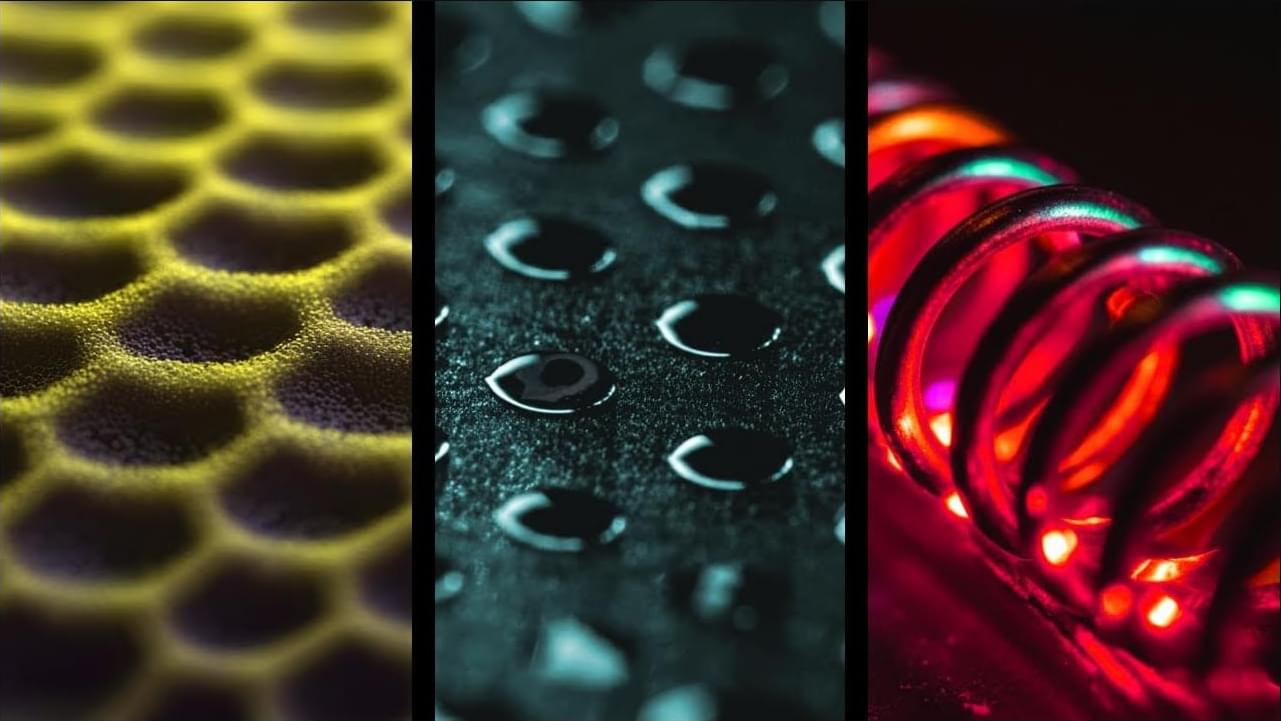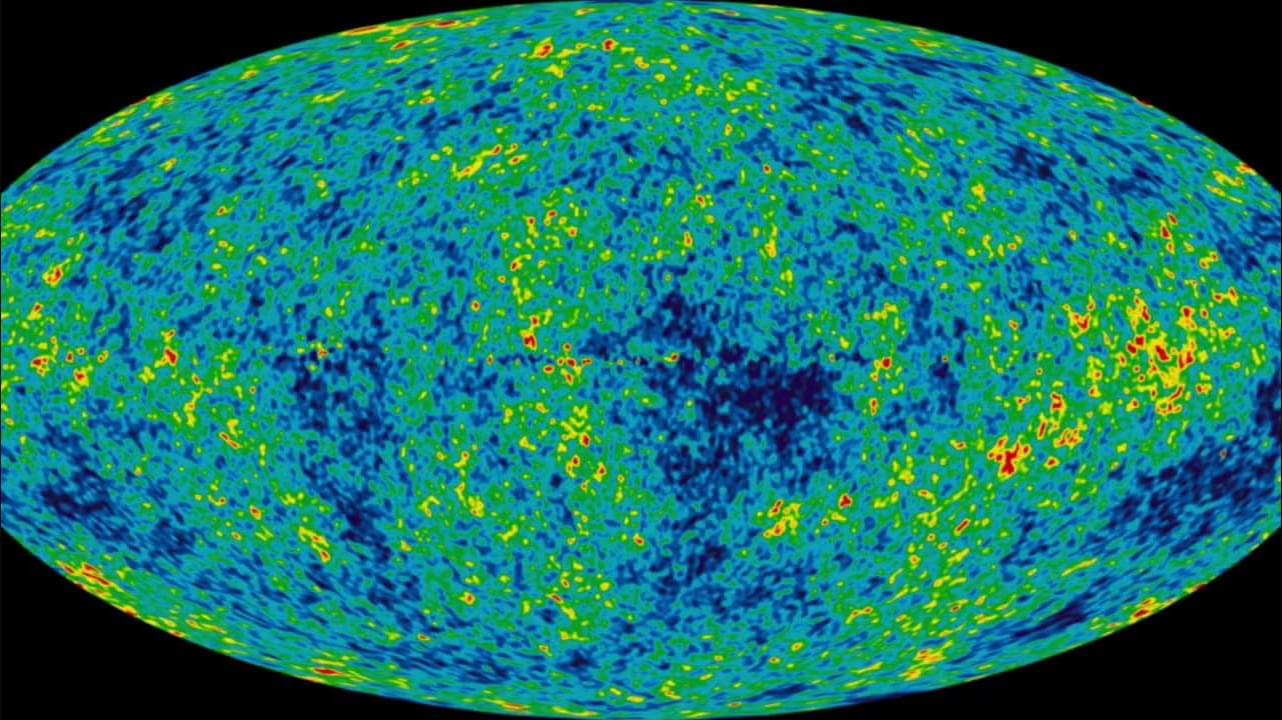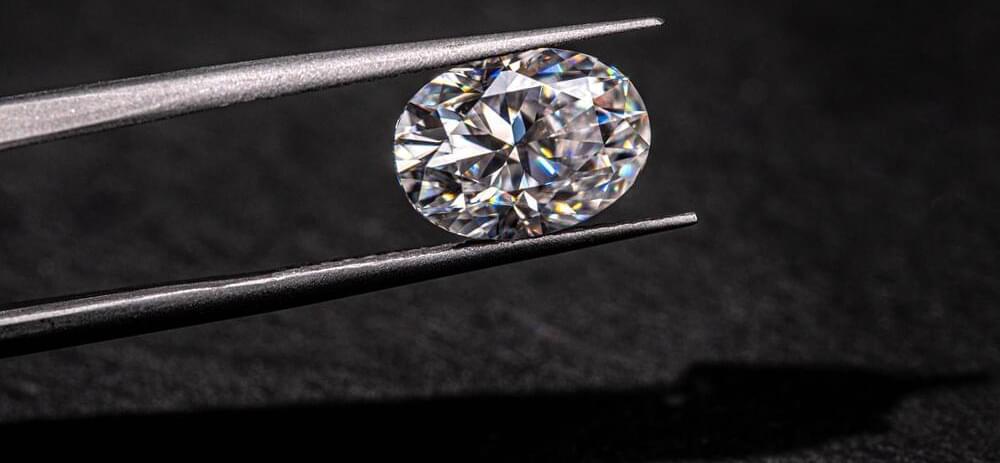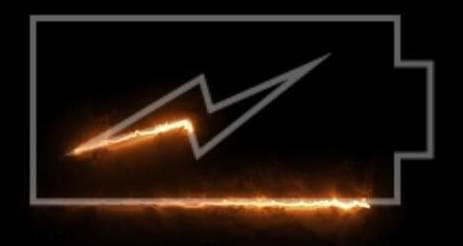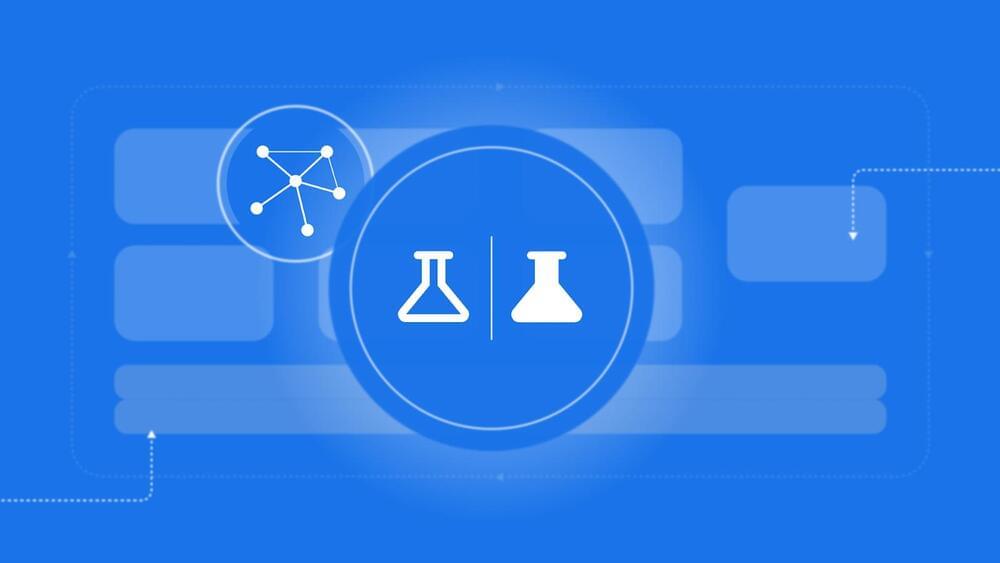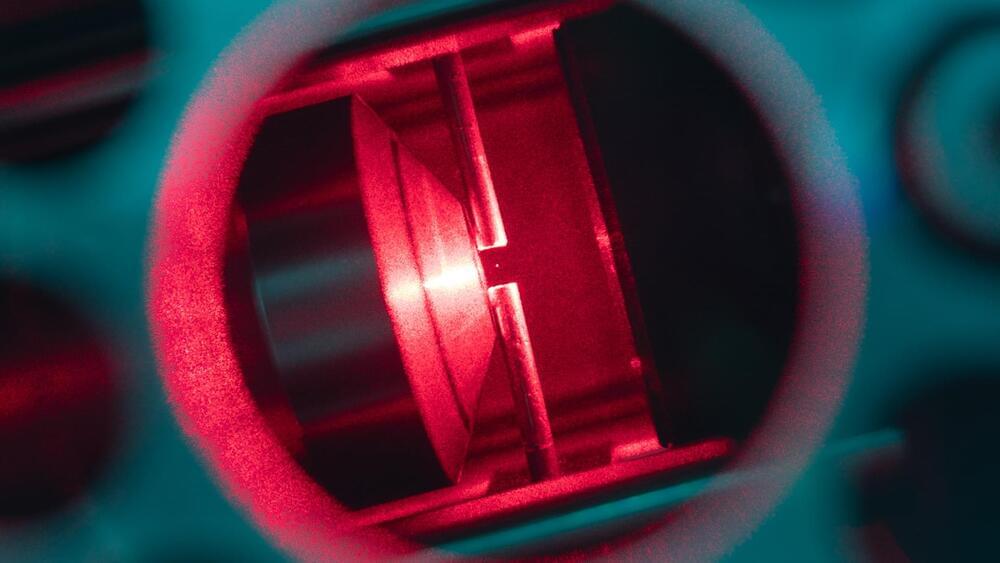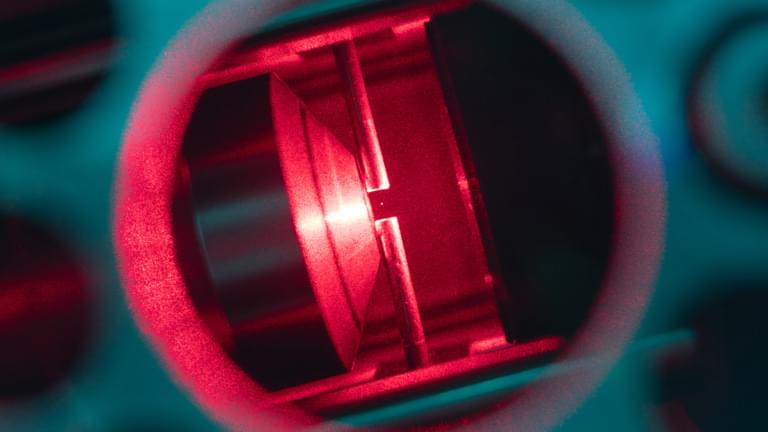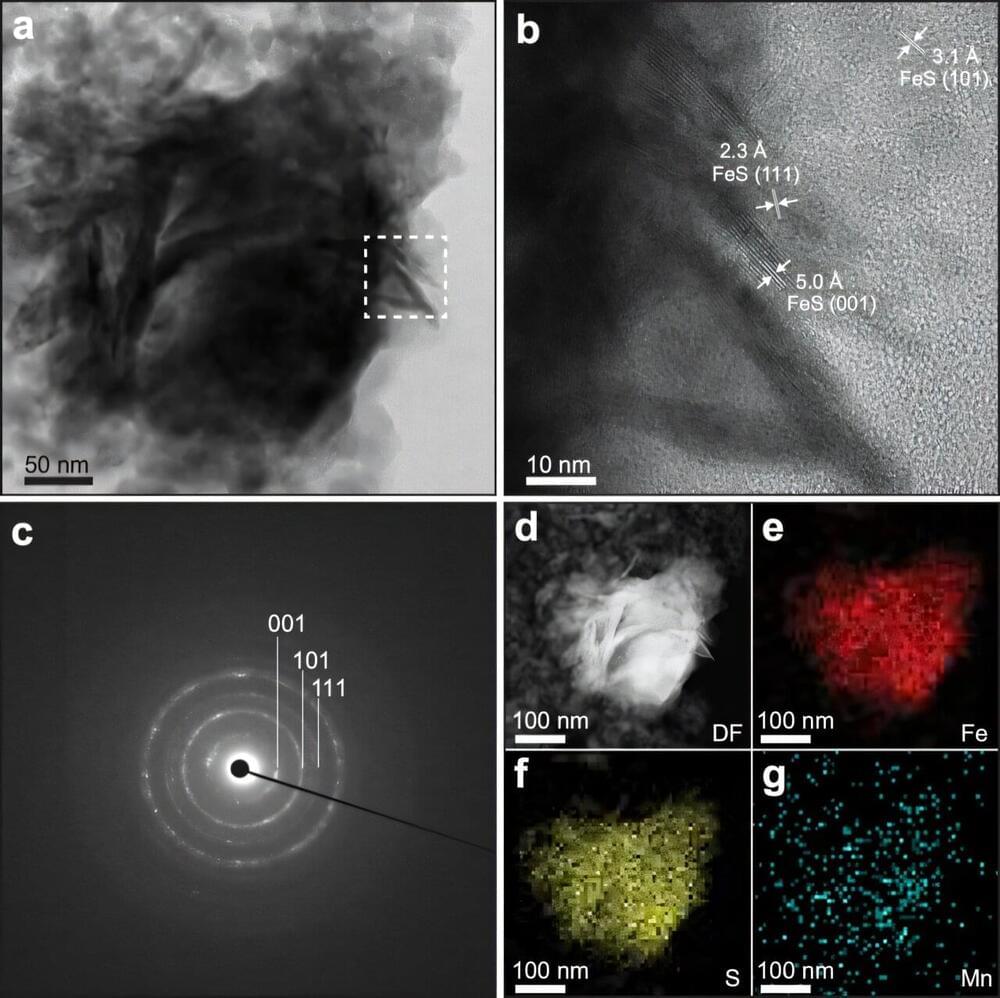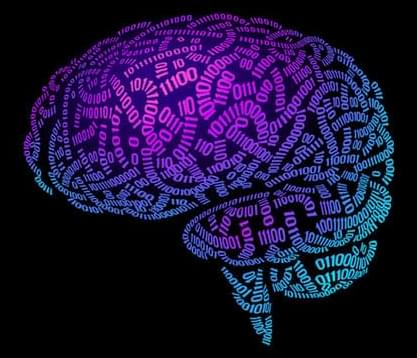Nov 28, 2024
Why Have 700 Stars Mysteriously Disappeared?
Posted by Dan Breeden in categories: Elon Musk, physics, space travel
Why have 700 stars vanished how is it possible?
Of all the objects in the universe, stars are amongst the most fascinating. From the birth of newborn protostars to the dramatic final stages of their lives, the life cycle of stars has captivated the human imagination for centuries. Yet one of the greatest stellar mysteries is that of vanishing stars — stars that were once visible but have suddenly disappeared. While the mysteries behind them haven’t been completely unraveled, recent advances in telescope and monitoring technology have unveiled shocking truths about this extremely rare occurrence. Join us as we explore the concept of vanishing stars and unravel the mystery behind the disappearance of 700 known stars.
When we look up at the night sky, the stars appear eternal. In a sense, that’s true, as stars can live for millions or even billions of years, which is just mind-boggling compared to our own lifespans. However, like all living things, stars are born, they live, and they eventually die. Astrophysicists have made significant progress in understanding the life cycles of stars. However, when a star suddenly disappears, it raises more questions than answers. What could have caused it to vanish? Was it a natural event or something more unusual? The discovery that as many as a hundred stars may have disappeared from our observations in recent decades is a sobering reminder that our understanding of the universe is still incomplete. The vanishing stars challenge our assumptions and force us to confront the limitations of our knowledge. Keep watching as we explore some of the most groundbreaking discoveries in our understanding of vanishing stars and provide possible explanations to the stars that has vanished from our solar system and beyond in the last few decades.
–
DISCUSSIONS \& SOCIAL MEDIA
Continue reading “Why Have 700 Stars Mysteriously Disappeared?” »

